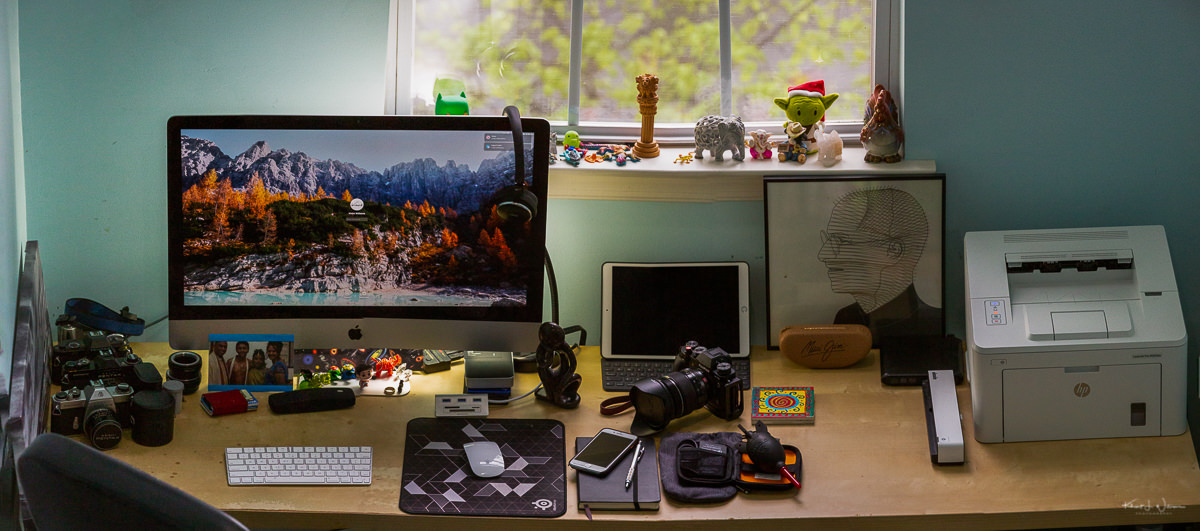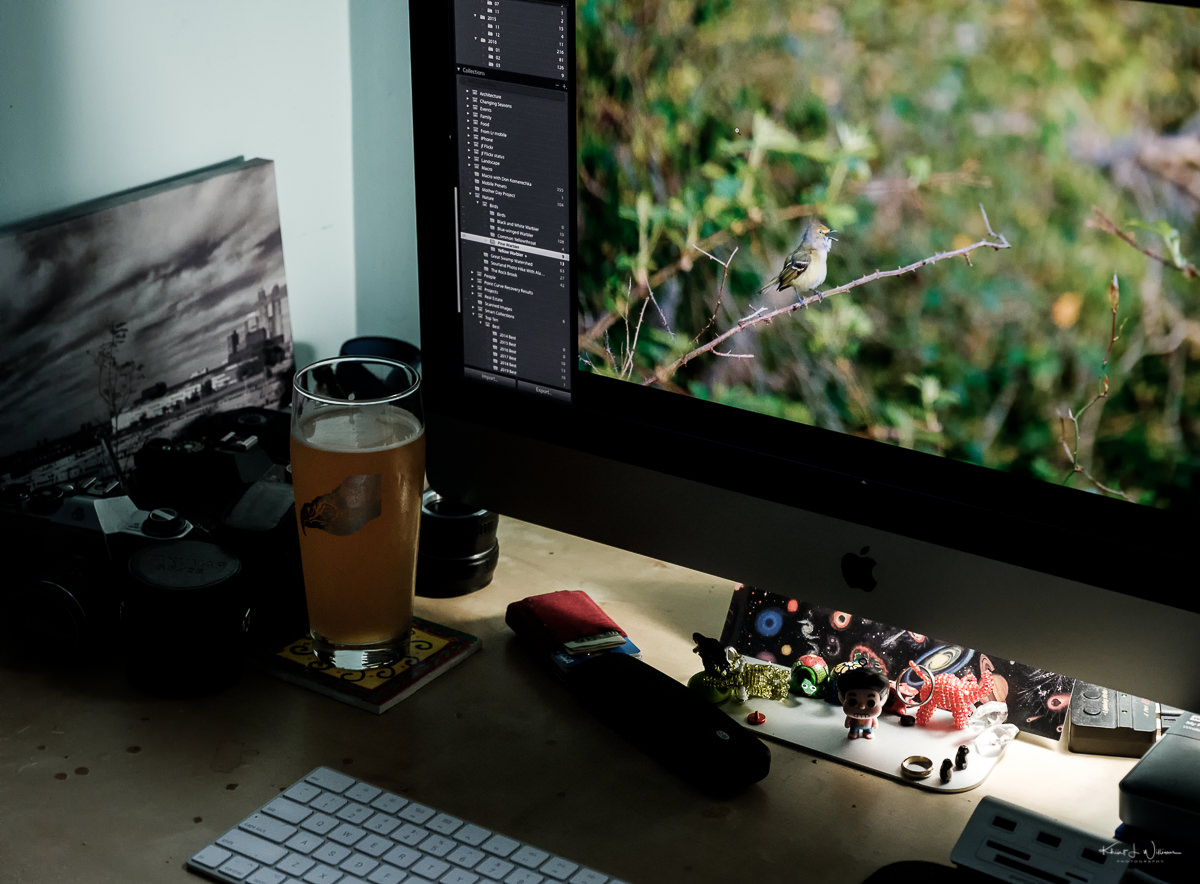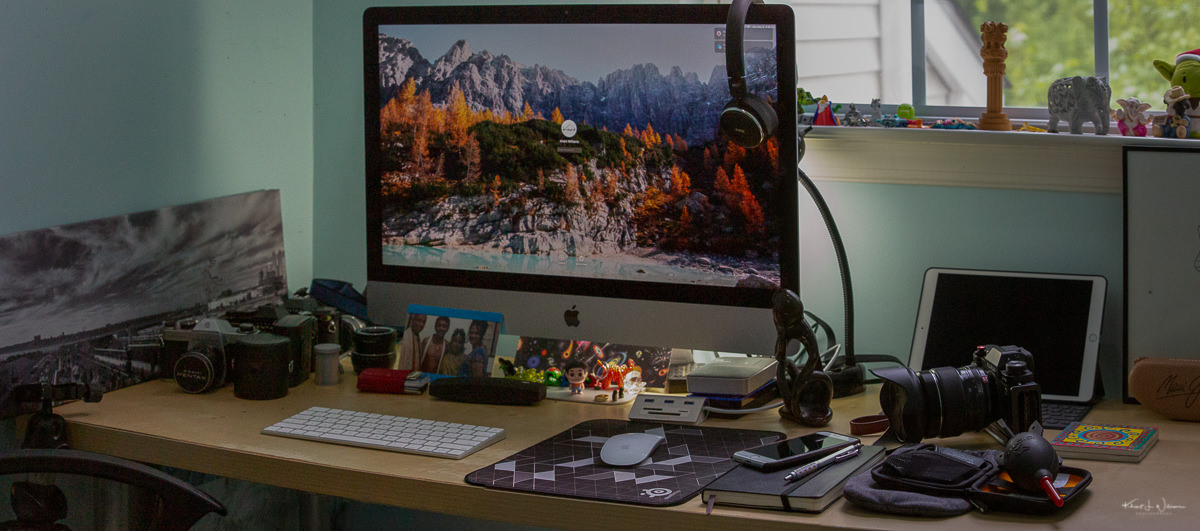It was a busy week. I had not looked at what Frank had chosen for this week's challenge until Sunday morning. Several ideas came to mind about how to approach the photography challenge. I could take photos of my 35 film cameras next to my Fujifilm X-T2 and write about how much photography had changed, comparing the slow, steady advancement of film technology compared to the rapid pace of digital. I could focus - no pun intended - on writing about the technology of the Fujifilm X-trans cameras compared to DSLR. But then something happened that derailed my plans.
I was on the phone with my brother in Florida. We chatted about the environment, politics, public transport. About 45 minutes into our talk, I felt lightheaded. My vision was blurry. I suspected that I was hypoglycemic. I walked to the fridge to get some juice. I drank two glasses of sweetened lemonade. I must have realised that my situation was dire. I dropped that iPhone. I could hear my brother talking on the phone. I found and squeezed two glucose gel packs into my mouth and swallowed. I could feel myself blacking out. I grabbed the iPhone from the floor and pressed the screen lock button five times. The iPhone called emergency services and alerted my two emergency contacts.
I woke up with a voice on the phone calling my name. I talked to the person on the phone who told me that emergency services were on the way; could I open the door. I got my wife, who was sleeping in bed. She opened the door, and I had the Montgomery Township police and emergency services in my home, checking my vitals and cognition. From what we pieced together, the sensor for my CGMS had expired. That means that my early warning system for low blood glucose (BG) was offline, unable to warm me that my BG was trending low. I have hypoglycemic unawareness. The CGMS (Continuous Glucose Monitoring System) continuously measures my BG, alerting me when the BG goes out of range as well any rapid changes in BG and suspending insulin delivery if BG levels fall to dangerous levels. But the sensor had expired. And I didn't get the early warning.
I'm blessed to live in a time when people with diabetes (like myself) have technology like the CGMS and insulin pump that can help support them in managing the disease. I am grateful that I have technology like the iPhone that can be configured to contact emergency services and contacts. My sister-in-law and brother-in-law received SOS text messages alerting them that I needed assistance and provided map coordinates.
I was tired after all that anxious excitement so I spent the rest of the morning and afternoon talking with my family, and I called my brother back, and we talked for another three hours. He's incredibly easy to talk to. I didn't remember the challenge until much much later.
Technology ("science of craft", from Greek, techne, "art, skill, cunning of hand"; and, -logia[2]) is the collection of techniques, skills, methods, and processes used in the production of goods or services or in the accomplishment of objectives, such as scientific investigation. Technology can be the knowledge of techniques, processes, and the like, or it can be embedded in machines to allow for operation without detailed knowledge of their workings. Systems (e. g. machines) applying technology by taking an input, changing it according to the system's use, and then producing an outcome are referred to as technology systems or technological systems.Wikipedia
For the challenge, I decided to share some of the technology at my workspace. My cameras - Asahi Pentax SPII 35mm film camera and Dad's Asahi Pentax SPII 35mm film camera, Pentax P3 film camera, Fujifilm X-T2 mirrorless camera. My computers - iPhone, iPad Pro, iMac. My AKG N60NC headphones. Moleskine notebook and Pentel GraphicsGear 1000 mechanical pencil. And more.
This workspace is where I edit images. The technology is all software. No dark room. No, chemicals. No negatives.
IN my role as an information security consultant, this workspace is where I get things done when I work from home. More technology there too. Remote virtual desktop via a Citrix session. A physical computer, the iMac, controlling a session of a virtual Windows computer in a far away data centre.
So much technology. Could I ever have a life without it?
I've been a technologist all my life. Taking thing apart, learning how they work, making new things.

Canon EOS 5D Mark III + EF70-200mm f/2.8L IS II USM @ (160 mm, f/8.0, ISO12800), © Khürt L. Williams

Profanation —
FujiFilm X-T2 + XF16-55mmF2.8 R LM WR @ (40.1 mm, f/4.0, ISO5000), © Khürt L. Williams


